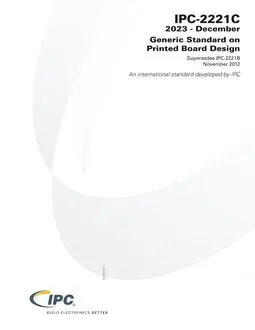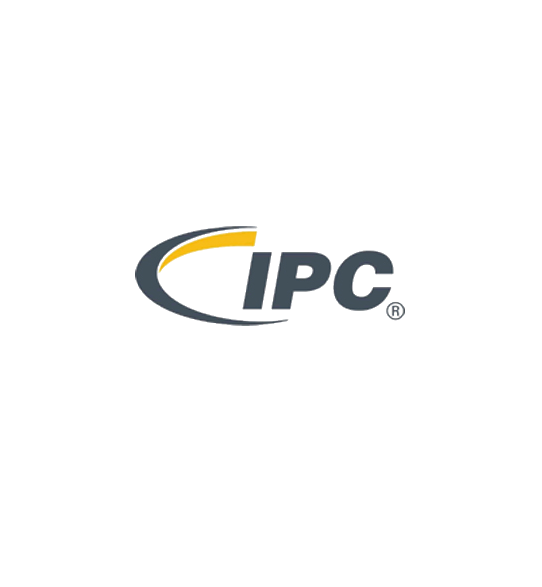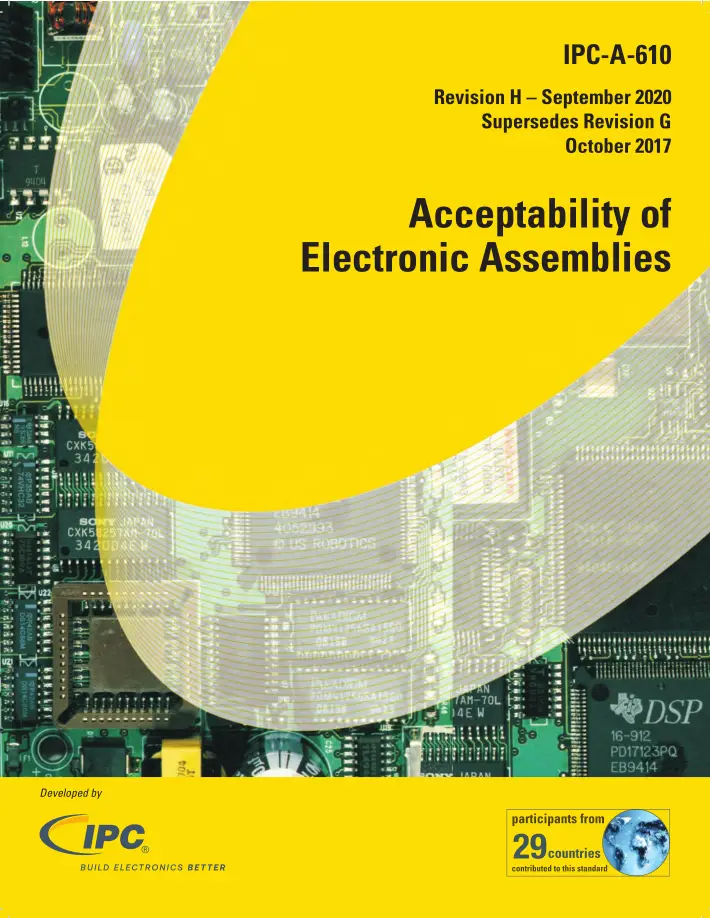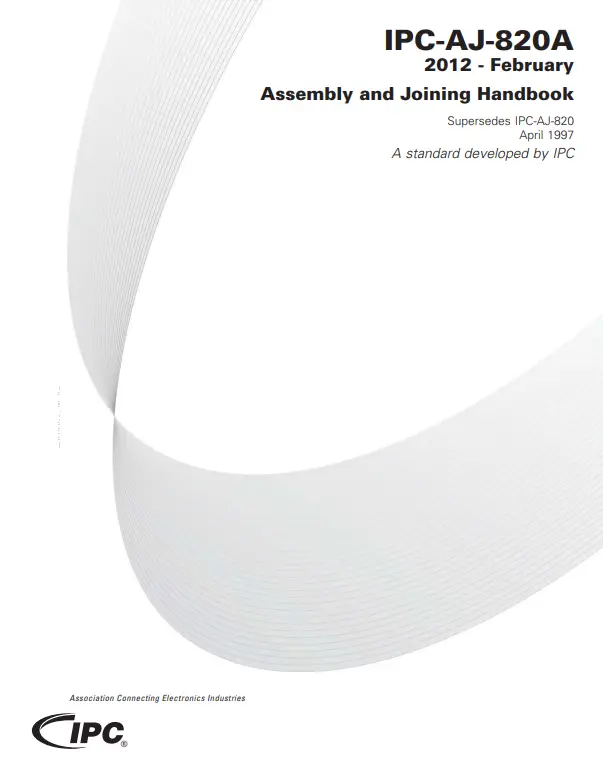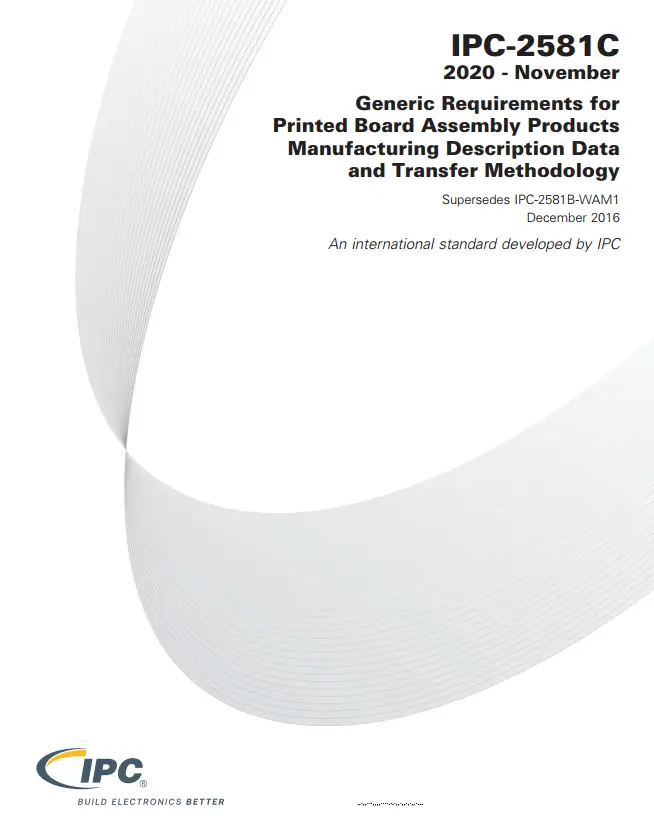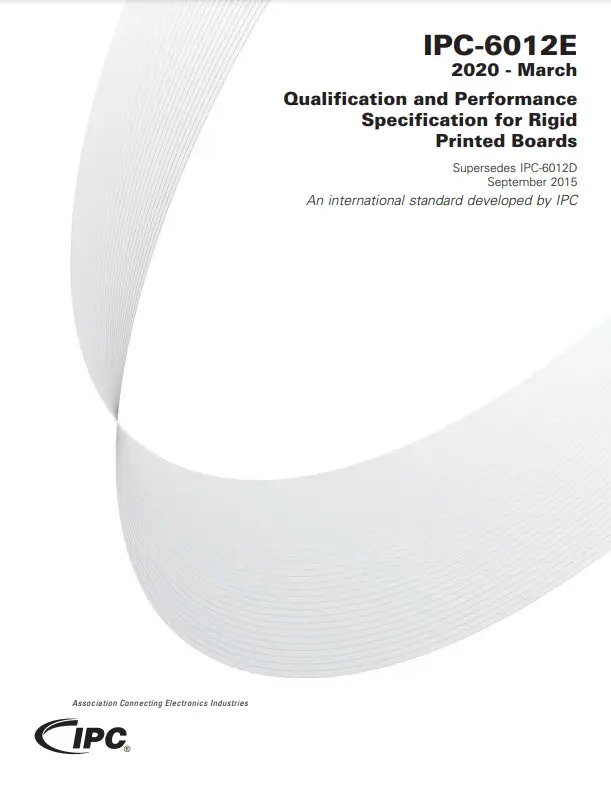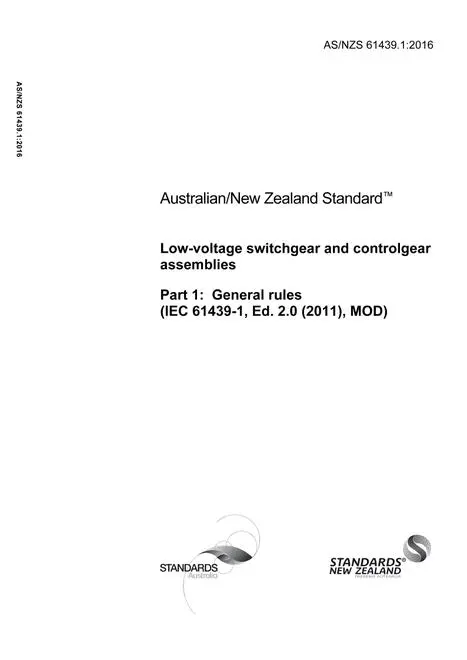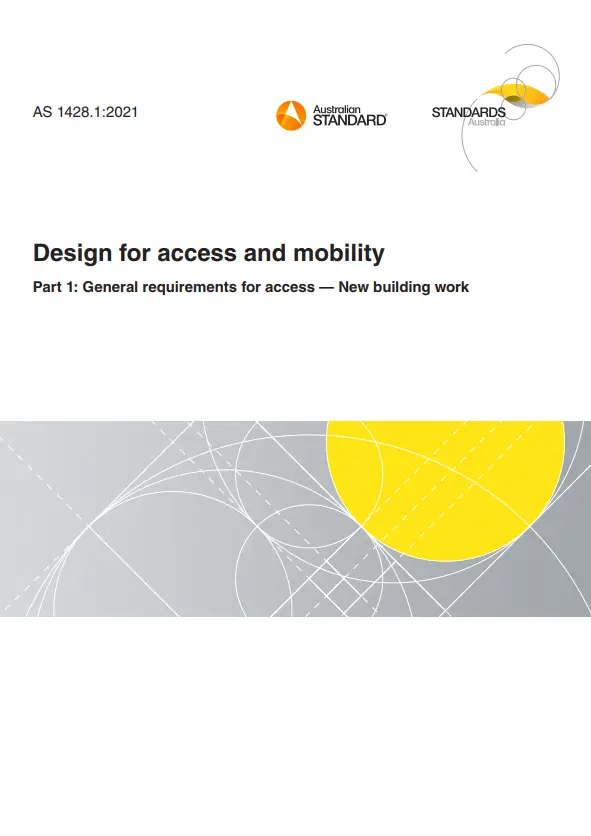IPC 2221C, Version C, 2023- Generic Standard on Printed Board Design
IPC-2221C is a standard published by the Association Connecting Electronics Industries (IPC) that provides guidelines for the design of printed circuit boards (PCBs) and other forms of electronic interconnection structures. This standard is a revision of IPC-2221B and serves as a comprehensive document for PCB designers, offering a set of generic design requirements that apply across a wide range of electronic products and technologies.
Key Aspects of IPC-2221C:
- Scope and Purpose:
- IPC-2221C is intended to be a generic standard for electronic design, serving as a baseline for PCB designers. It provides guidelines that can be tailored to specific design applications, depending on the complexity and technology involved.
- Design Considerations:
- The standard covers a broad range of design considerations, including but not limited to:
- Materials: Selection of materials for substrates, conductors, and surface finishes.
- Thermal Management: Guidelines for managing heat within the PCB, including thermal vias and heat dissipation techniques.
- Mechanical Considerations: Structural integrity, board thickness, and mechanical constraints.
- Electrical Considerations: Impedance control, crosstalk, signal integrity, and grounding.
- Environmental Factors: Considerations for the operating environment, including temperature, humidity, and exposure to corrosive elements.
- The standard covers a broad range of design considerations, including but not limited to:
- Design Layout:
- Provides best practices for layout, such as trace width, spacing, and clearance requirements, to ensure manufacturability, reliability, and performance.
- Guidelines for layer stack-ups, including considerations for high-density interconnect (HDI) structures.
- Documentation:
- Recommends the necessary documentation that should accompany PCB designs to ensure proper communication between designers, manufacturers, and other stakeholders.
- Includes guidelines on how to present drawings, schematics, and other necessary documentation.
- Quality and Reliability:
- Discusses design practices that impact the quality and reliability of the final product, with an emphasis on minimizing defects and ensuring longevity.
- Includes criteria for inspection and testing, such as design for testability (DFT) and design for manufacturability (DFM).
- Compliance and Compatibility:
- Ensures that designs adhere to both IPC and other relevant industry standards and regulations.
- Provides guidance on maintaining compatibility with other IPC standards, such as those related to specific types of electronic assemblies (e.g., IPC-6012 for rigid PCBs).
- Updates and Revisions:
- IPC-2221C includes updates to reflect advancements in technology, materials, and manufacturing processes. This version includes revisions to better address modern design challenges, such as those posed by miniaturization and the use of new materials.
Importance in the Industry:
IPC-2221C is crucial for ensuring that PCB designs are manufacturable, reliable, and meet industry standards. It serves as a reference for designers, helping them create products that can be efficiently produced and perform reliably in their intended applications. By following this standard, companies can reduce design errors, lower manufacturing costs, and improve the overall quality of their electronic products.
General Product Information:
| Revision | C |
| Document Type | |
| Document Language | English |
| ISBN |
978-1-63816-150-9
|
| Pages | 176 |
| Publisher | IPC International (IPC) |
| Status | Current |

